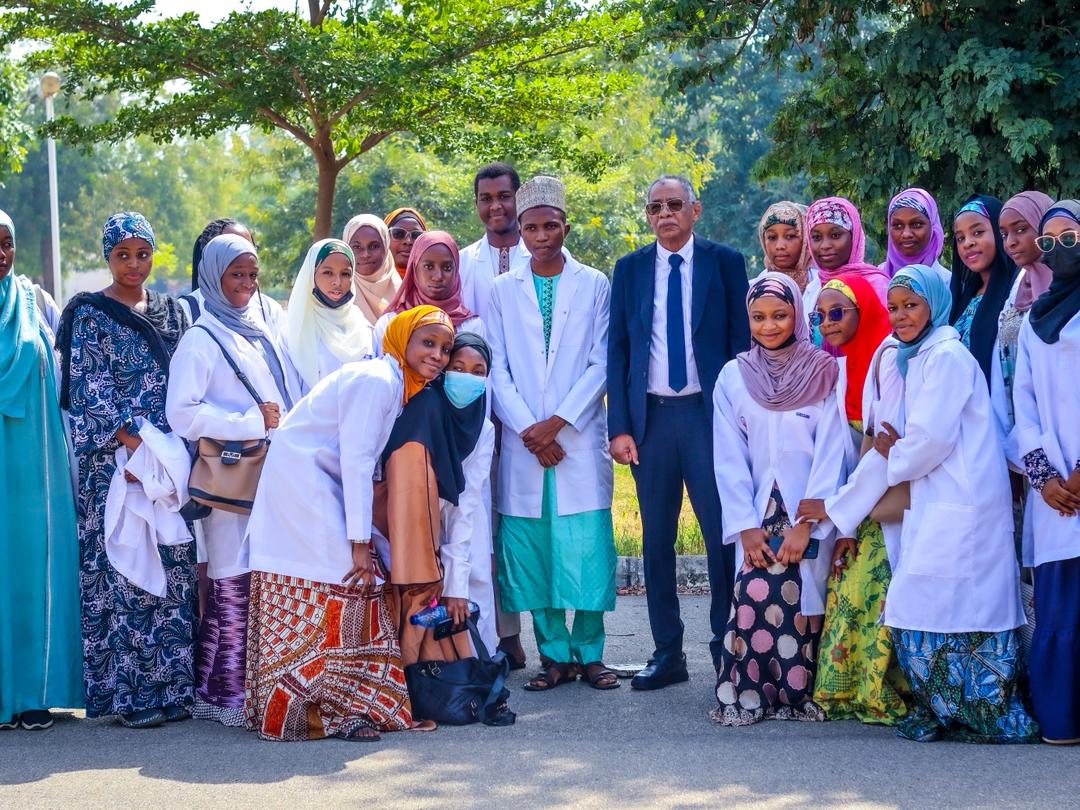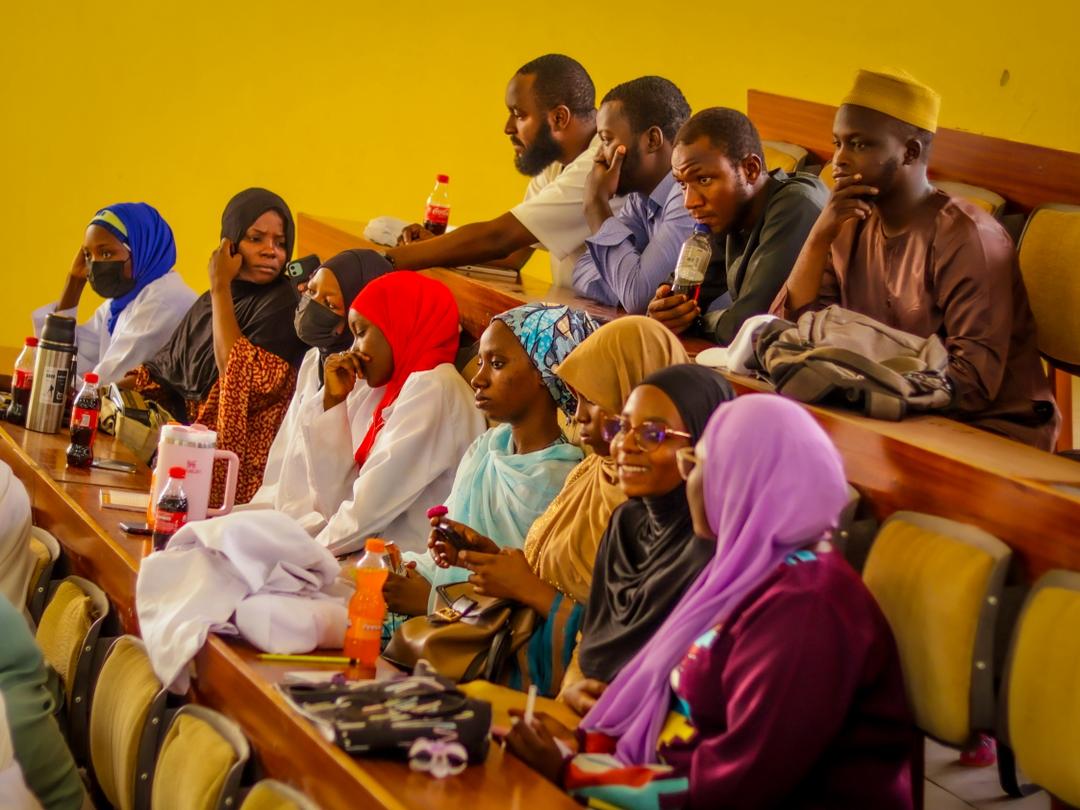 Health
Health
Breast Cancer Awareness: Understanding, Prevention, and the Power of Early Detection
Breast cancer remains one of the most significant health challenges affecting women worldwide. It is not merely a medical condition—it is a social, emotional, and global public-health concern that calls for collective awareness, education, and proactive screening. The month of October, globally recognized as Breast Cancer Awareness Month, serves as a vital reminder that early detection saves lives and that information is power in the fight against this disease.
What is Breast Cancer?
Breast cancer is a type of cancer that begins in the cells of the breast. It usually forms in the lobules (milk-producing glands) or in the ducts (the passages that carry milk to the nipple). Over time, the abnormal cells can multiply rapidly, invade nearby tissues, and spread to other parts of the body—a process known as metastasis.
While women are predominantly affected, men can also develop breast cancer, though it is much rarer. Understanding that this disease does not discriminate by gender or age is an essential step toward breaking stereotypes and promoting inclusive awareness.
Causes and Risk Factors
The exact cause of breast cancer is still not fully understood, but several risk factors have been identified that increase a person’s likelihood of developing it. These include:
Genetic factors: Mutations in certain genes, such as BRCA1 and BRCA2, greatly increase the risk.
Family history: Having close relatives (mother, sister, or daughter) with breast cancer raises one’s chances.
Age: The risk increases as a person grows older, particularly after age 40.
Hormonal influences: Long-term exposure to estrogen, whether from early menstruation, late menopause, or hormone replacement therapy, can elevate risk.
Lifestyle factors: Lack of physical activity, obesity, smoking, and excessive alcohol intake are all linked to increased breast cancer risk.
Reproductive factors: Having the first child after age 30 or never having children may slightly increase risk.
Although these factors are important, it’s also true that any woman can develop breast cancer even without clear risk factors, which makes awareness and regular screening critical for everyone.
Signs and Symptoms
Early detection begins with awareness of the warning signs. The most common symptom of breast cancer is a lump or thickened area in the breast or underarm that feels different from the surrounding tissue. Other possible symptoms include:
Change in the size or shape of one or both breasts.
Unexplained pain in the breast or nipple area.
Dimpling or puckering of the skin.
Redness or flaky skin around the nipple.
Nipple discharge (other than breast milk).
Pulling in (inversion) of the nipple or changes in its position.
However, not all lumps are cancerous—some may be benign cysts or fibroadenomas. Still, it is vital to seek medical evaluation for any noticeable changes. The key message is: “If you notice something, say something.” Early reporting can make a life-saving difference.
Diagnosis and Screening
Early detection remains the cornerstone of successful breast cancer treatment. The two most effective tools for early diagnosis are breast self-examination (BSE) and mammography.
Breast Self-Examination (BSE): Every woman is encouraged to perform a self-check once a month, ideally a few days after her menstrual period. This allows her to become familiar with the normal look and feel of her breasts so that she can quickly notice any abnormal changes.
Clinical Breast Examination: Conducted by a healthcare provider, this is recommended at least once every three years for women under 40 and yearly for women 40 and above.
Mammogram: A mammogram is an X-ray image of the breast used to detect tumors that cannot yet be felt by hand. Routine mammography can detect breast cancer at its earliest and most treatable stage.
In some cases, ultrasound or MRI scans may be used to provide a more detailed view, and if any suspicious area is found, a biopsy (a small tissue sample) is taken to confirm whether cancer cells are present.
Treatment Options
Treatment for breast cancer depends on its type, stage, and the individual’s overall health. Common treatment methods include:
Surgery: Removal of the tumor (lumpectomy) or the entire breast (mastectomy).
Radiation therapy: Uses high-energy rays to kill cancer cells and shrink tumors.
Chemotherapy: Involves powerful drugs that destroy cancer cells throughout the body.
Hormone therapy: Used for hormone receptor-positive cancers to block the hormones that fuel growth.
Targeted therapy and immunotherapy: These modern approaches focus on specific molecules involved in cancer growth, offering more precise and often less toxic treatment.
Today, the survival rate for breast cancer has significantly improved thanks to early detection and medical advancements. Many survivors go on to live healthy, fulfilling lives, serving as proof that breast cancer is not a death sentence if caught early.
The Importance of Awareness
Awareness campaigns are not just about wearing pink ribbons—they are about education, empowerment, and empathy. They teach women how to detect changes, encourage men to support their partners, and remind everyone that stigma and silence kill faster than the disease itself.
Awareness also helps challenge myths such as:
“Breast cancer only affects older women.”
“If there’s no family history, you’re safe.”
“A lump always means cancer.”
Through public health initiatives, schools, community organizations, and social media, more people are learning the truth—that regular screening and healthy lifestyles can prevent many deaths.
Prevention and Healthy Living
While not all cases can be prevented, adopting a healthy lifestyle can lower risk. Here are practical steps:
-
Maintain a healthy weight through balanced nutrition and regular physical activity.
-
Limit alcohol and avoid smoking.
-
Eat a diet rich in fruits, vegetables, and fiber while reducing processed foods.
-
Breastfeed if possible—it has been shown to reduce breast cancer risk.
-
Get regular medical checkups and screenings according to your age and risk level.
Prevention is not about fear—it is about taking charge of one’s health.
The Emotional and Social Dimension
Breast cancer does not affect only the body; it also affects emotions, family relationships, and mental health. That is why counseling, support groups, and survivor networks are invaluable. These platforms allow patients and survivors to share their experiences, offer hope, and remind others that no one fights alone.
Men also play a crucial role in awareness—by encouraging their partners, sisters, and mothers to get screened and by learning that men themselves can be affected.
Conclusion
Breast Cancer Awareness is more than a yearly campaign—it is a lifelong commitment to knowledge, compassion, and early detection. Every woman deserves the chance to live free from the fear of late diagnosis. Every community must play its part in educating and supporting those affected.
When we talk openly, when we get screened, when we wear the pink ribbon with purpose, we honor the fighters, celebrate the survivors, and remember the ones we’ve lost.
The message is simple but powerful:
“Early detection saves lives. Awareness empowers. Together, we can end the silence around breast cancer.






